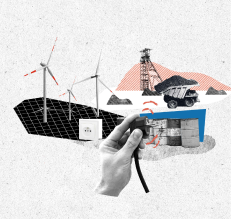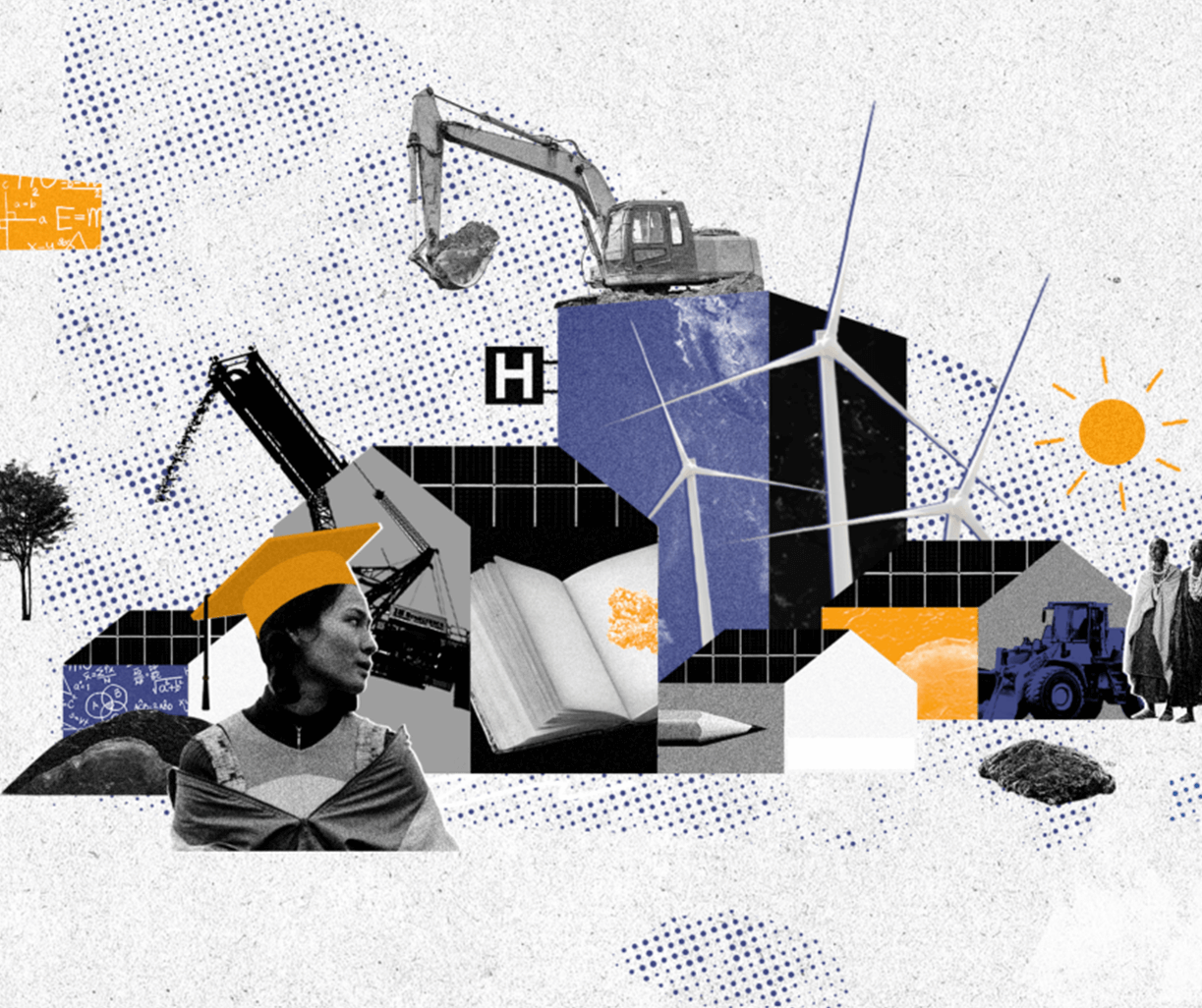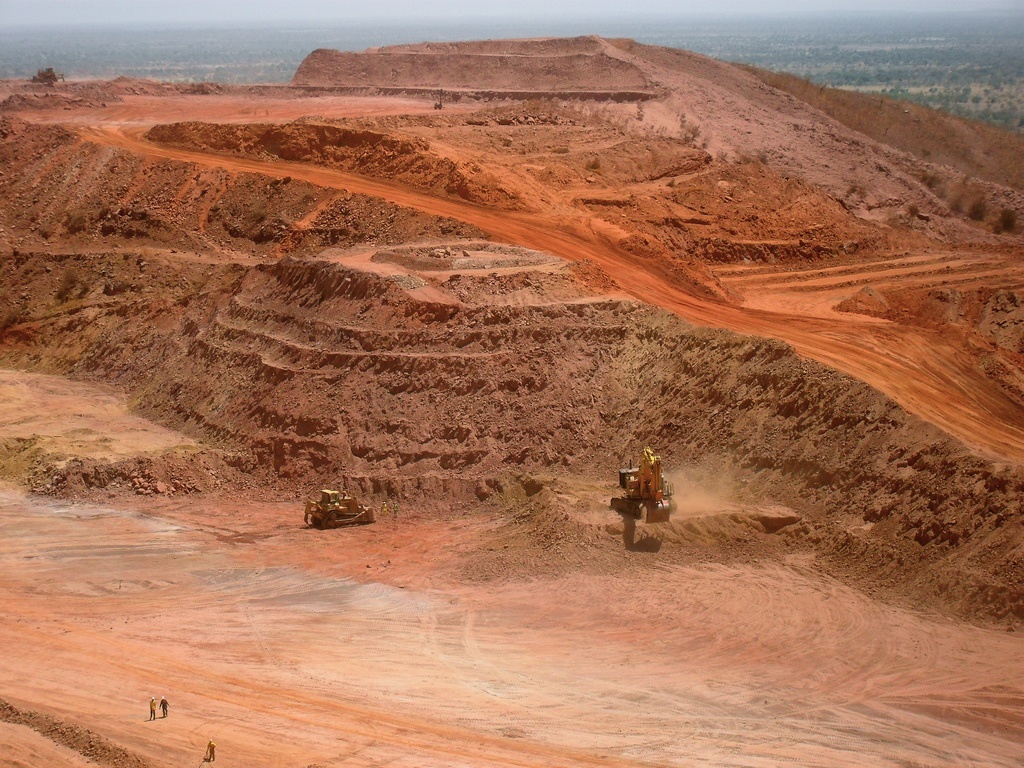On the margins of COP21, as part of the “Climate Generations” space, civil society from Burkina Faso organised a session to address the impact of mining on climate change. The coordinator of Publish What You Pay (PWYP) in Burkina Faso, Jonas Hien, had made the trip with several coalition members to highlight this problem.
Consistent with PWYP’s value chain approach, which goes beyond transparency of payments, civil society organisations keep an eye on all steps from the decision to extract to how the revenues from extraction are used. The impact of mineral extraction on the environment is not limited to the direct consequences on water sources or territory but must also take into account the emissions of greenhouse gases (GHG) generated by the extractive operations.
Read more : PWYP position on the energy transition
As Burkina Faso has seen its mining sector boom, in particular gold, a report was commissioned by the national EITI Secretariat to measure the transparency of emissions of greenhouse gases in the mining sector.
The first source of GHG emissions is the generation of electricity (60%) by thermal power plants for mining power requirements. Road transportation running on diesel of heavy machinery for mining work is the second cause of GHG emissions (31%). The other emission causes are the production of zinc and lead (8%) and waste management (1%).
One of the first findings the report highlights is the difficulty of collecting data because of lack of transparency of environmental data. As these aren’t directly covered by the EITI, there is no requirement for them to be published.
The report also shows that the Burkina Faso government is not able to measure the real impact of the mining industry due to lack of resources. The National Environmental Assessment Office under the Ministry of the Environment and Sustainable Development, is the directorate responsible for monitoring the implementation of environmental and social management plan of the mining industry. In its current structure it does not have the capacities and equipment to take greenhouse gases into account. It is therefore essential to strengthen its central and decentralised capacities for effective monitoring of these emissions.
Beyond this inventory of GHG emissions generated by the mining industry, the report raises the question of the contribution of this sector to climate change and the need to promote energy saving actions. While some countries in the EITI have already integrated the consideration of environmental impacts (for example Kyrgyzstan, Mongolia, and the Philippines), it is still only optional. Following the Paris agreement reached at COP21, which has set a goal of keeping the rise in global temperature below 2 ° to 1.5 °, the EITI can no longer ignore environmental issues. With the change in EITI leadership who was involved in previous climate change negotiations there is a clear opportunity for the next EITI board to mandate the publication of all information related to environmental protection compliance (including environmental and social impact assessments). To ensure that global warming remains below 2 degrees, many extractive projects would have to be suspended in order to limit these emissions.
The transparency movement needs to be comprehensive and holistic and also involve the countries of origin for extractive companies including France, which has agreed to join the EITI in 2013 without initiating the formal candidature process. After hosting the UN conference on climate change, France must be a role model and promote full transparency of detailed information on environmental impacts of each extractive project to ensure compliance with the country’s commitment to keep climate change under 2 °.
The next EITI Global Conference taking place in Peru in February 2016 is a key opportunity to increase awareness of environmental issues. An EITI focusing solely on the transparency of payments and licences is no longer fit for purpose considering the commitments made by the 196 states of the world through the Paris agreement.











